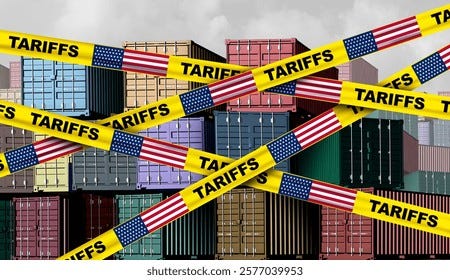This Week In The Economy: China, US Reduce Retaliatory Tariffs, Warning Signs In Wholesale Inflation Data, Fed To Adjust Monetary Policy Strategy, House GOP Begin Tax Bill Push, Falling Small Business
Welcome to a regular snapshot review of U.S. and international economic news that aims to 1) provide a window into the challenges and decisions facing businesses today, 2) determine the direction of economic policy — such as the speed at which central banks decide to raise interest rates, and 3) assess what the impact will be for consumers.
U.S. And China Scale Back Retaliatory Tariffs
China and the United States this week negotiated reductions in the punitive customs duties each had imposed on imports from their respective countries, and laid the groundwork for future talks to ease trade tensions and improve economic relations.
The U.S. agreed to lower its reciprocal tariff on Chinese goods to 10% for an “initial period” of 90 days. There is no change in the fentanyl-related tariff of 20% on Chinese goods, nor on tariffs imposed under Section 301 or Section 232.
These changes only concern the reciprocity tariffs levied on April 2, and later Executive Orders that significantly increased the duties on Chinese goods. This means the net tariff rate on Chinese goods = MFN tariff + 20% fentanyl + 10% reciprocity + 301 + 232 + AD/CVD.
Keep reading with a 7-day free trial
Subscribe to This Week In The Economy to keep reading this post and get 7 days of free access to the full post archives.


